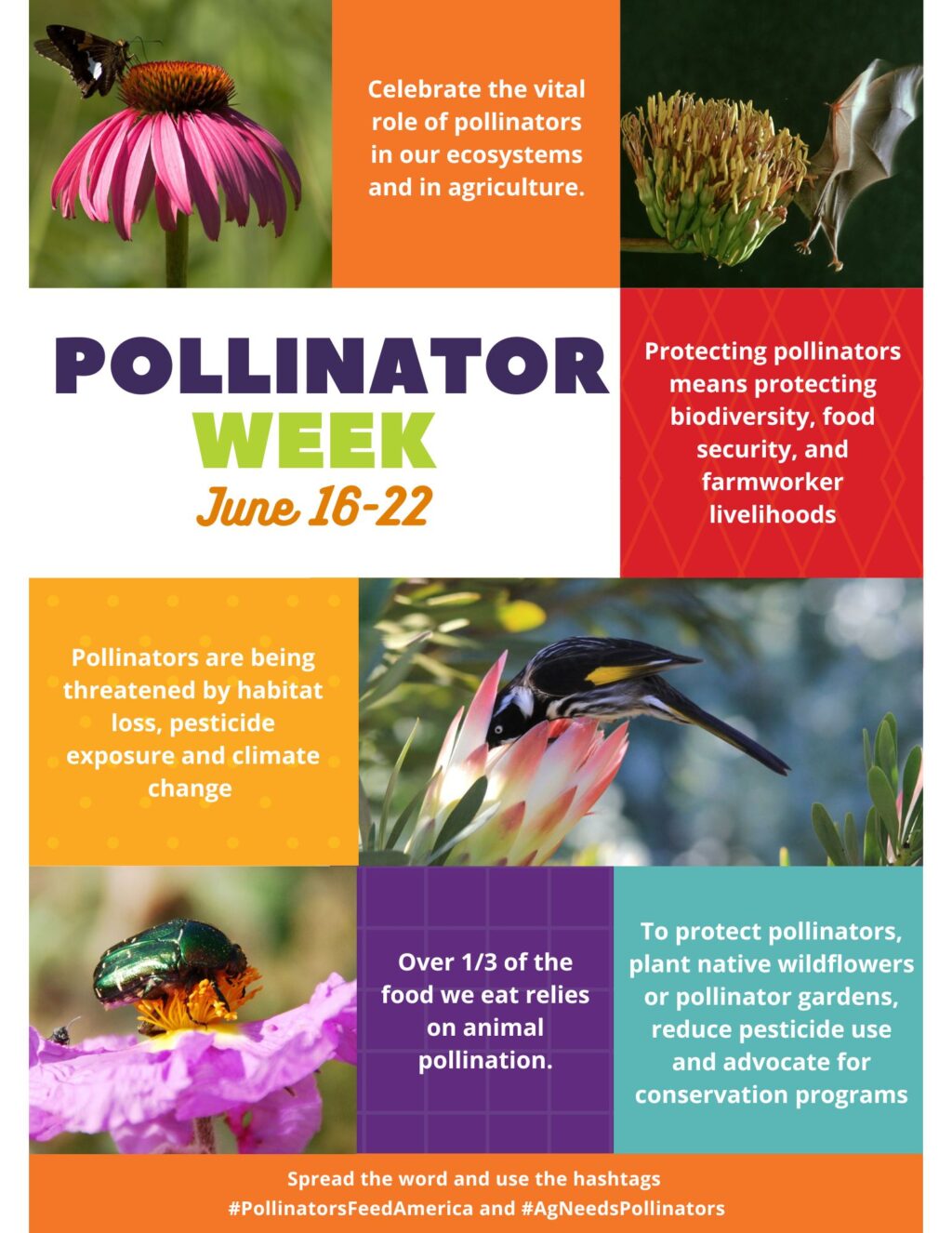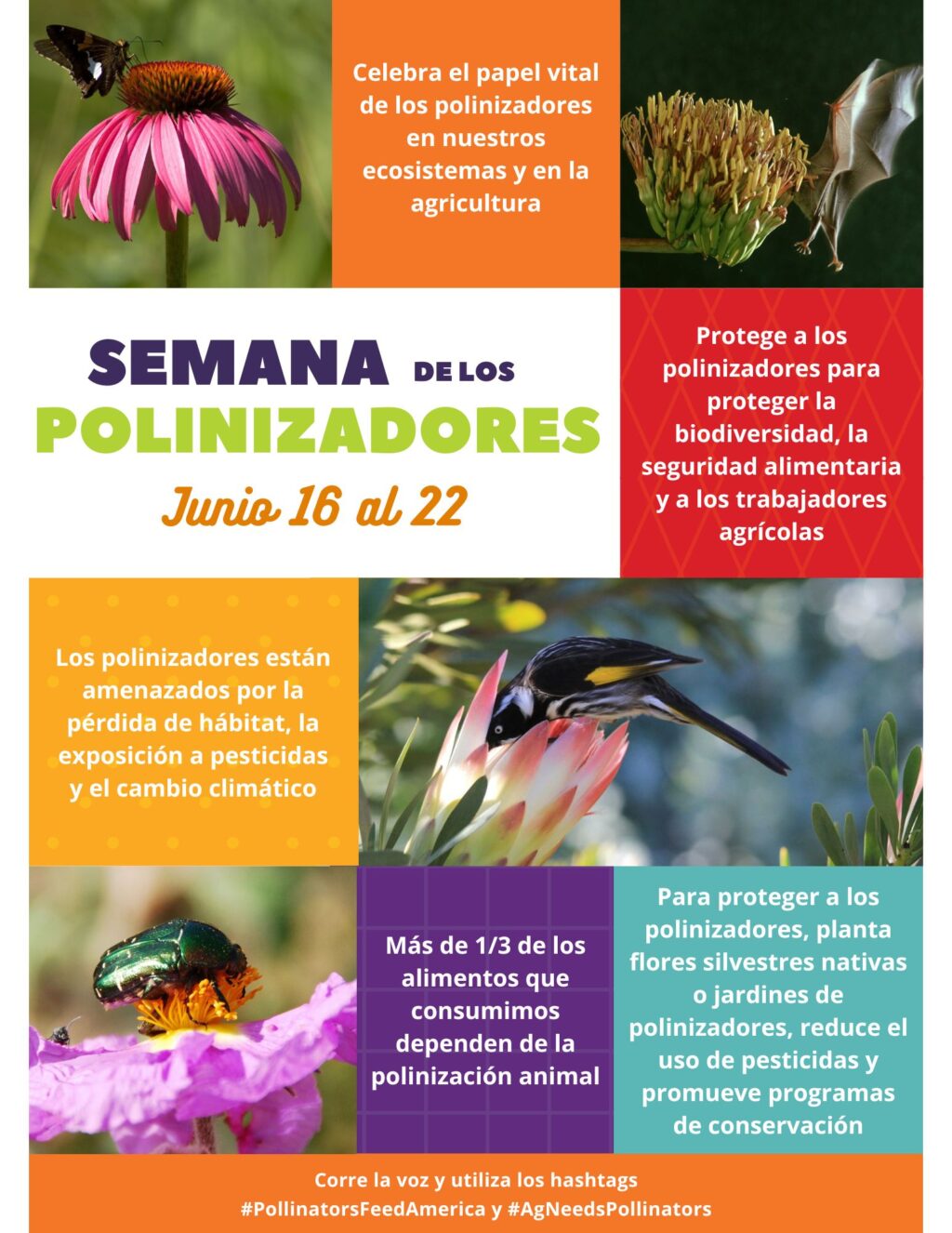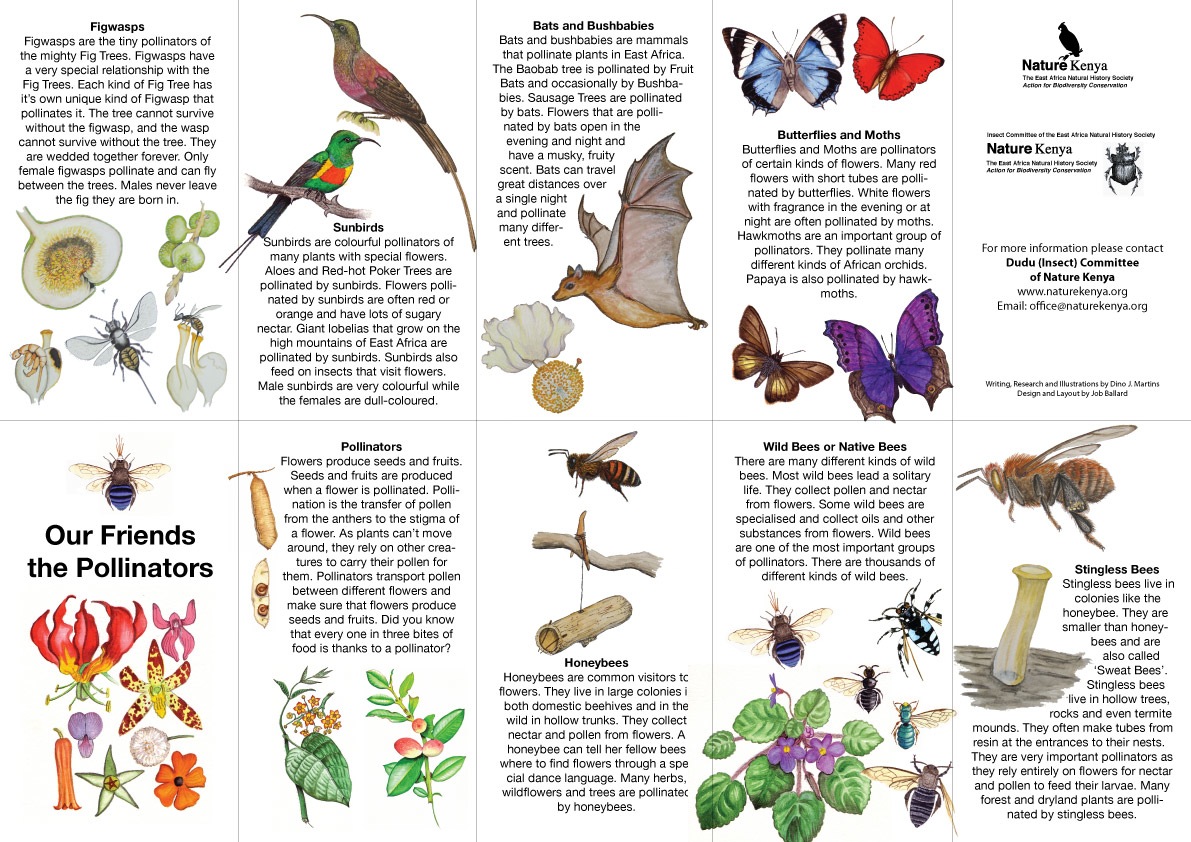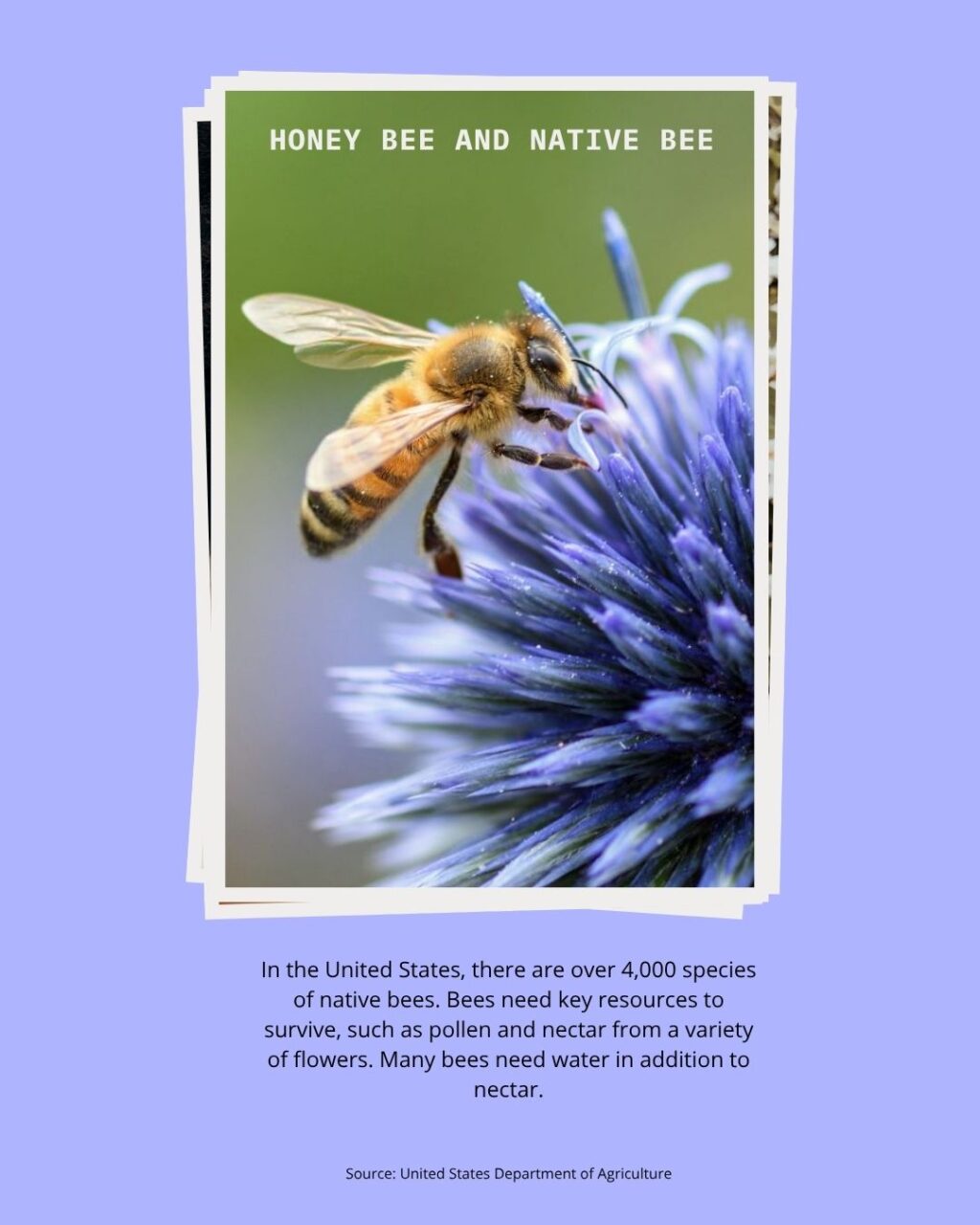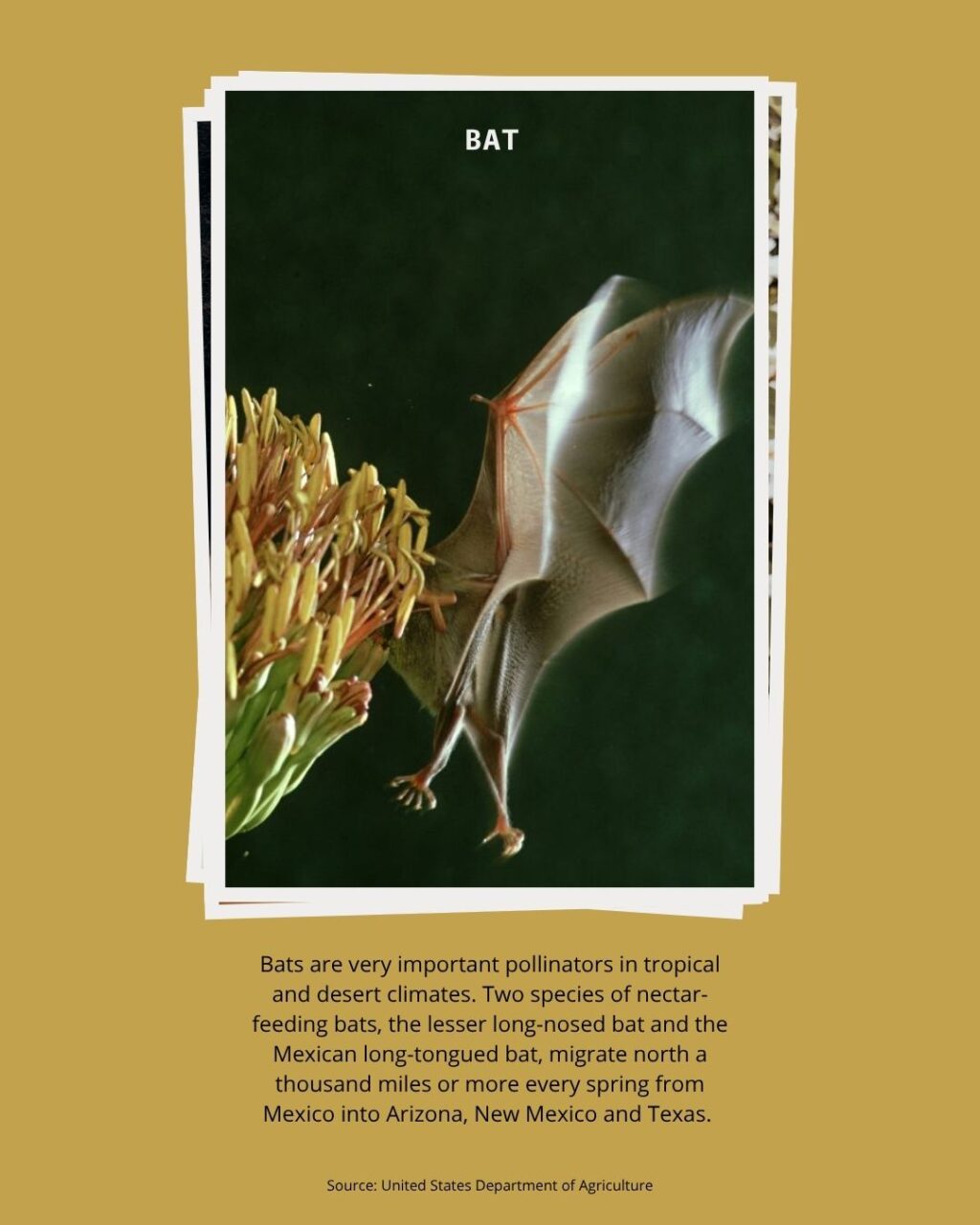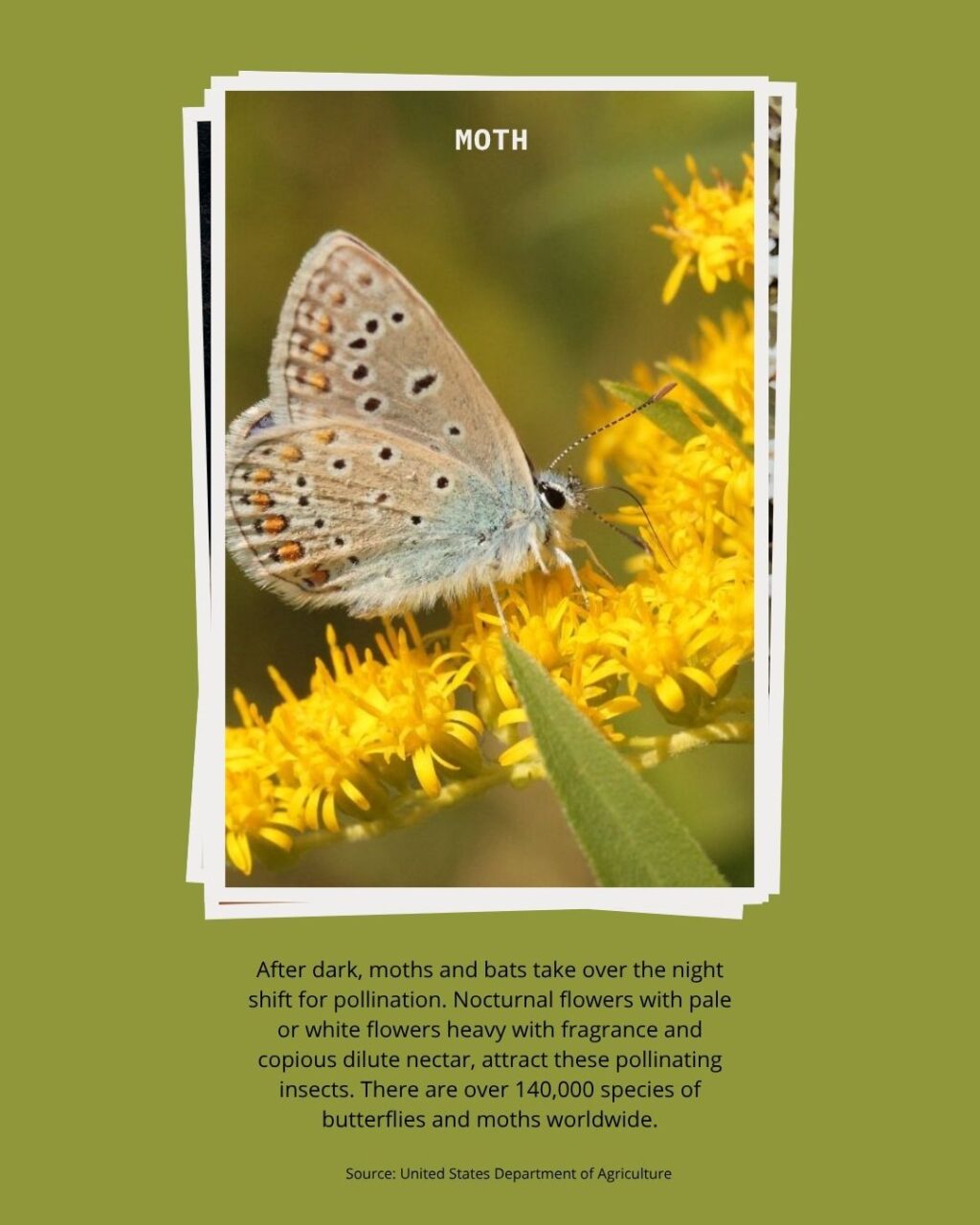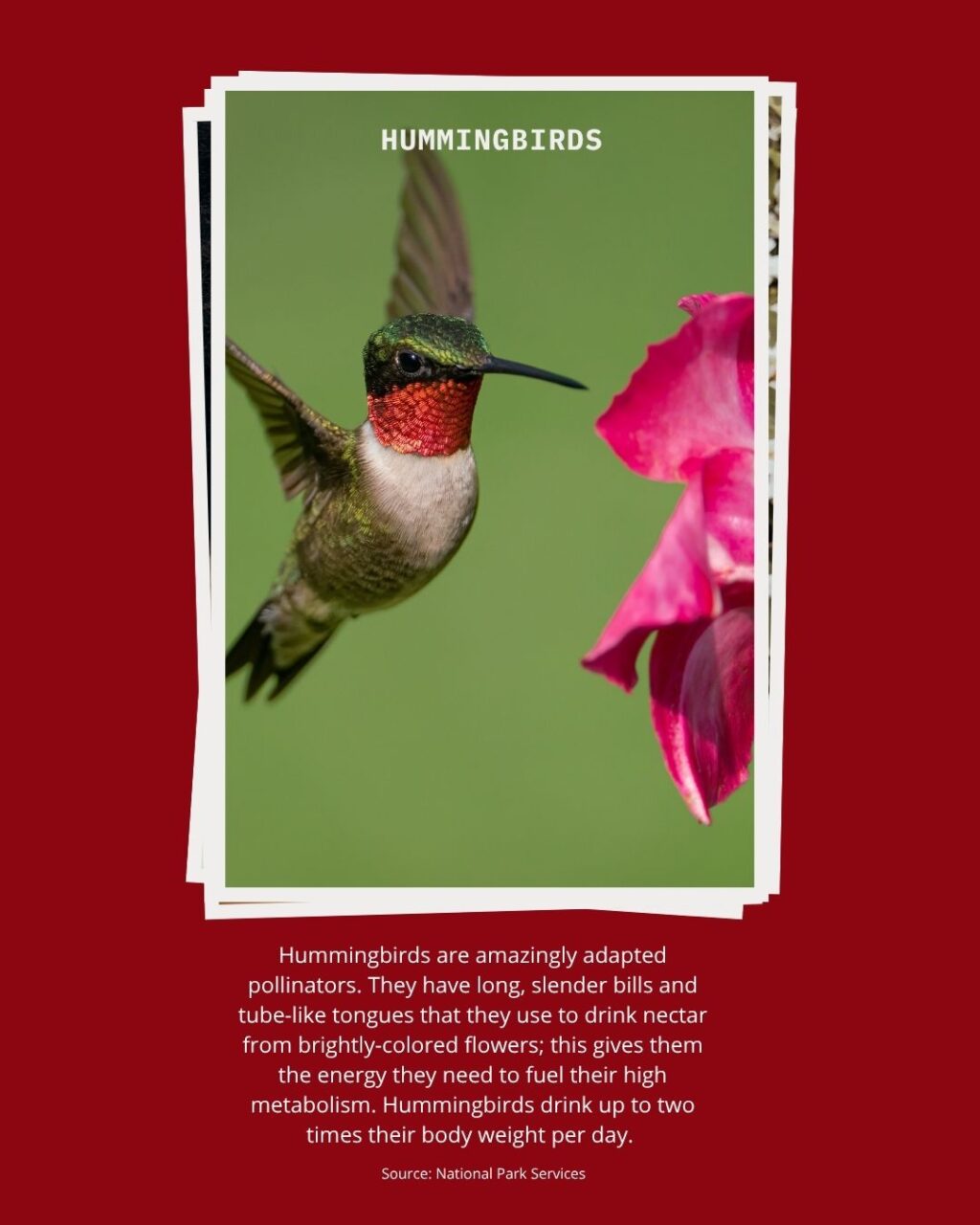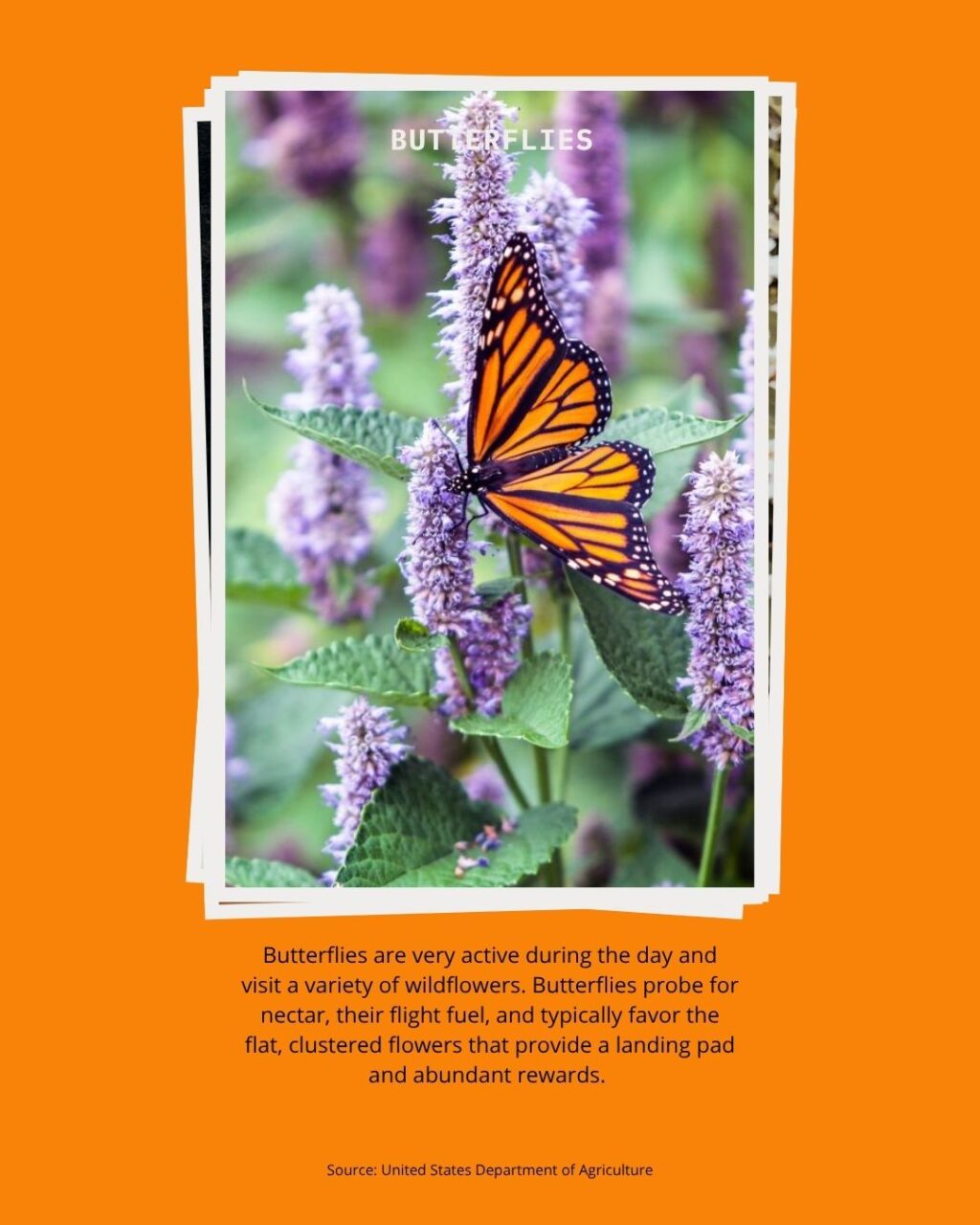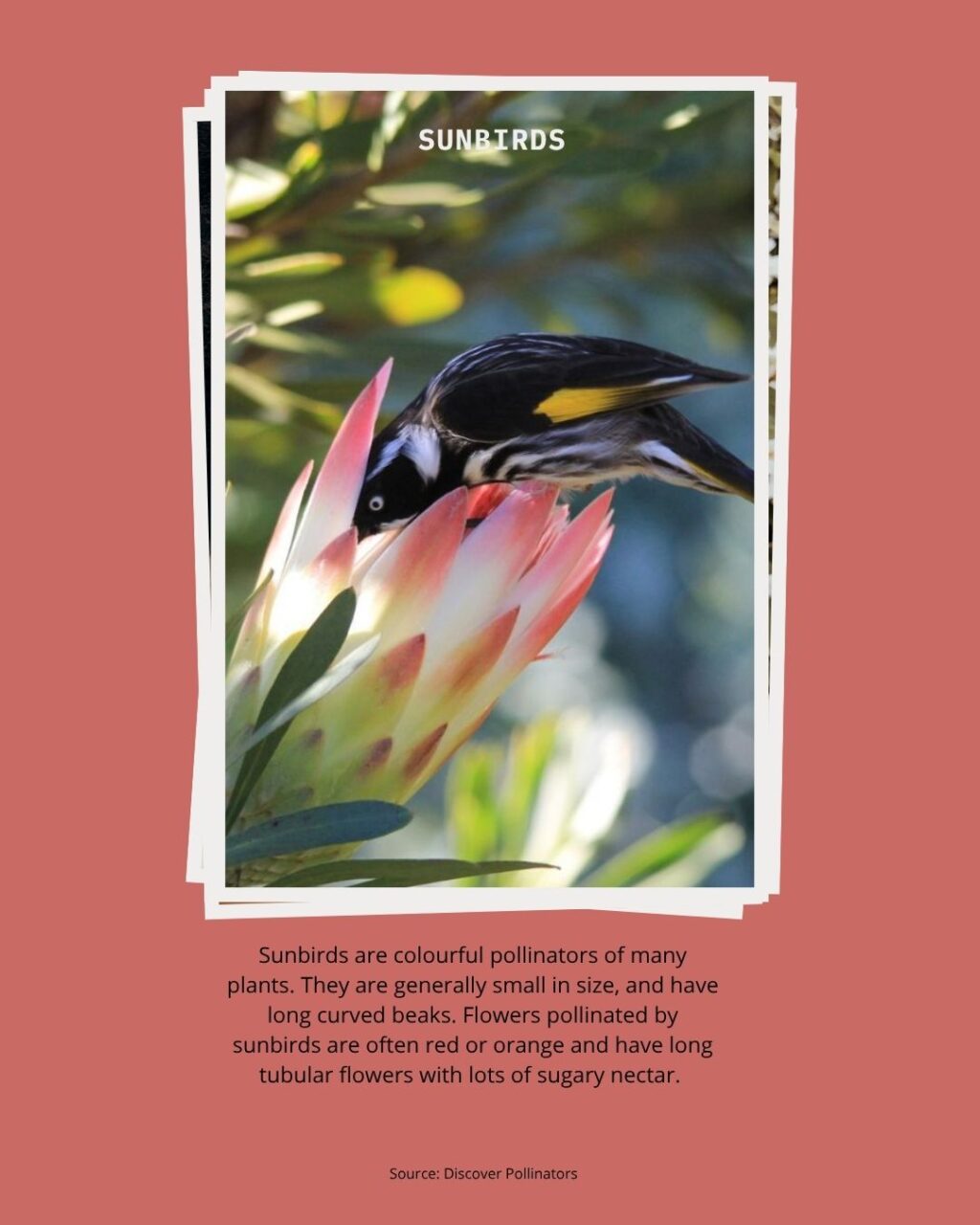Pollinators Feed Everyone
What is Pollinator Week?
Pollinator Week 2025 will take place June 16-22, 2025
Pollinator Week is a time to celebrate the vital role pollinators play in our ecosystems and the agricultural system. This toolkit helps raise awareness about the many different types of pollinators beyond the beloved honey bees and butterflies, and how they contribute to our food system, farmers’ livelihoods, and the U.S. economy.
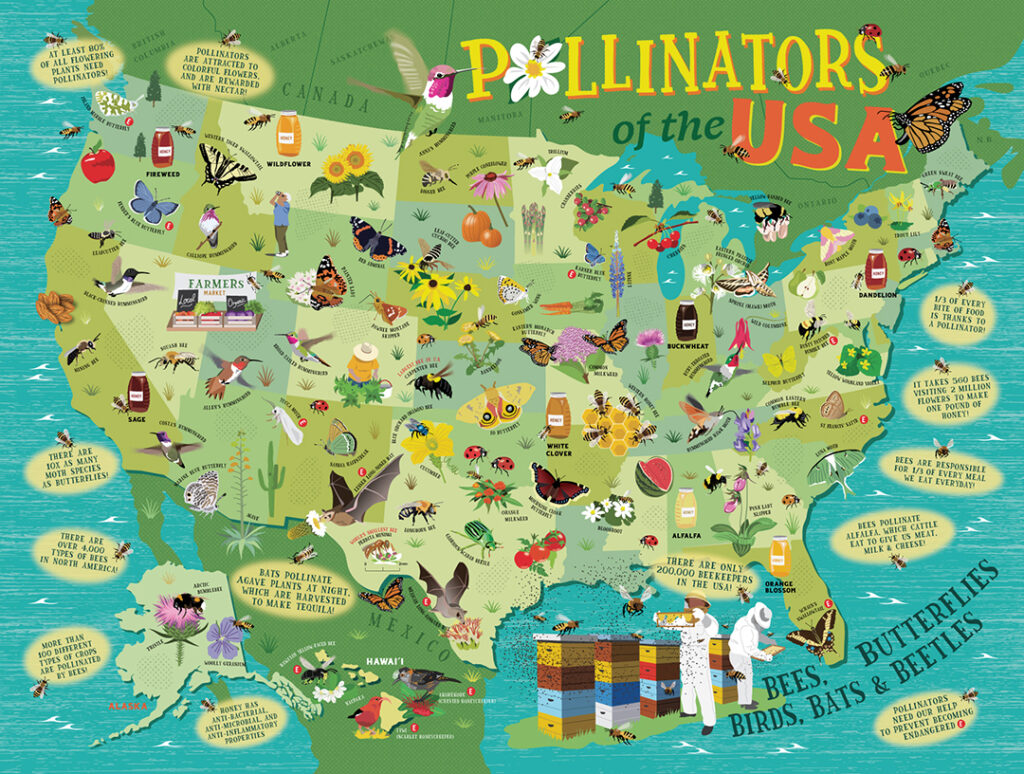
Use these resources to engage your community, spark conversations, and promote pollinator-friendly actions!
Why Is Pollinator Week Important?
Pollinator Week is a vital opportunity to raise awareness about the essential role pollinators play in our ecosystems and food systems. In a country where chemical-based fertilizers and pesticides are used daily, it’s more important than ever to cultivate conscious growers and informed consumers who can help protect these small but mighty creatures that make a big difference in the world.
Somewhere between 75% and 95% of all flowering plants on the earth need help with pollination – they need pollinators. Pollinators provide pollination services to over 180,000 different plant species and more than 1200 crops. That means that one out of every three bites of food you eat is there because of pollinators¹.
Why Does EFI Celebrate Pollinator Week?
Pollinators are essential for many fruits, vegetables, nuts, and seeds. Crops like almonds, apples, blueberries, strawberries, tomatoes, cucumbers, squash, and melons². Without pollinators, these crops would have lower yields, poorer quality, or might not grow at all.
Amplify the message and incorporate the hashtags #BeeTheChange #PollinatorsFeedAmerica and #AgNeedsPollinators.

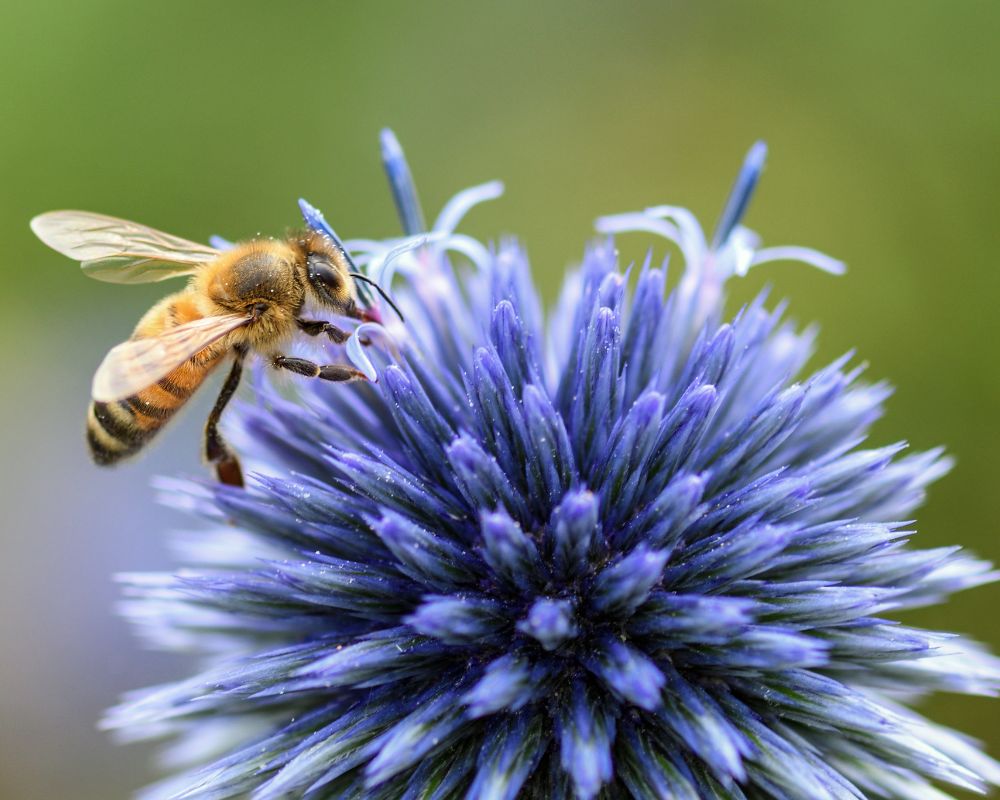
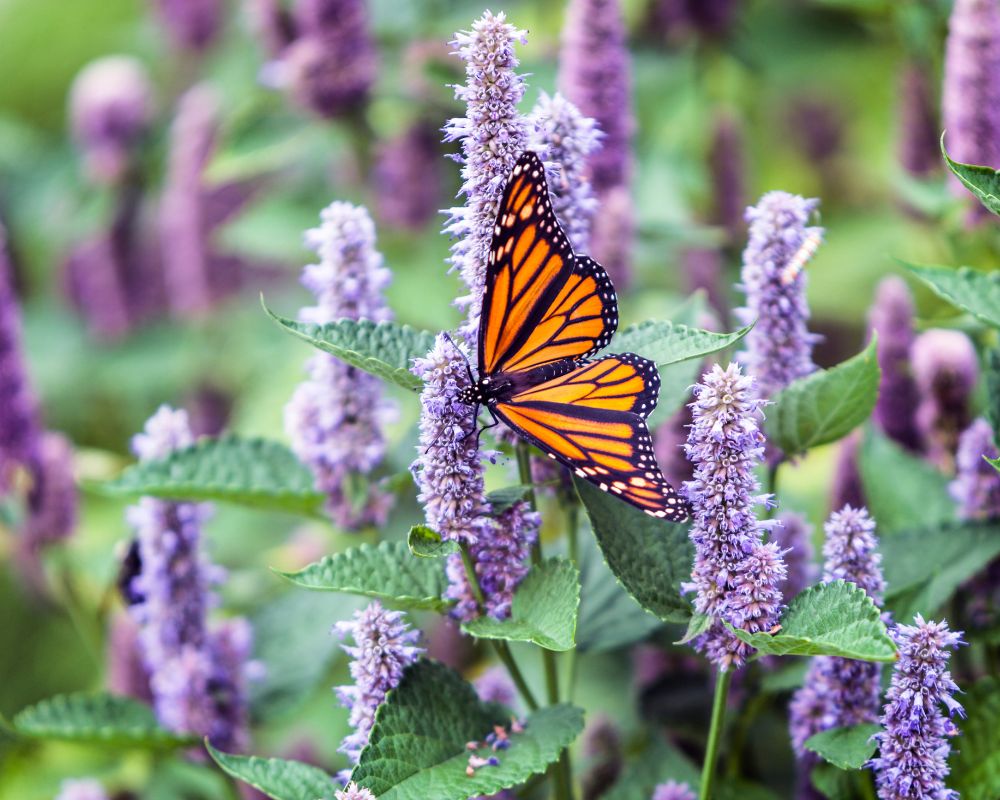

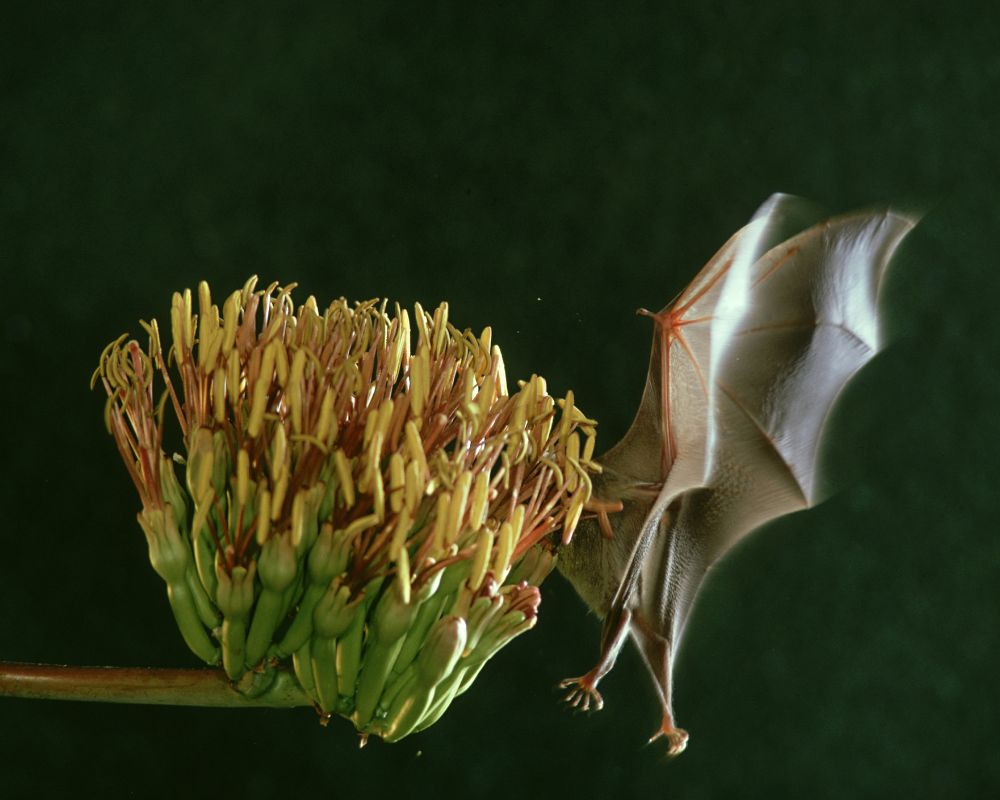



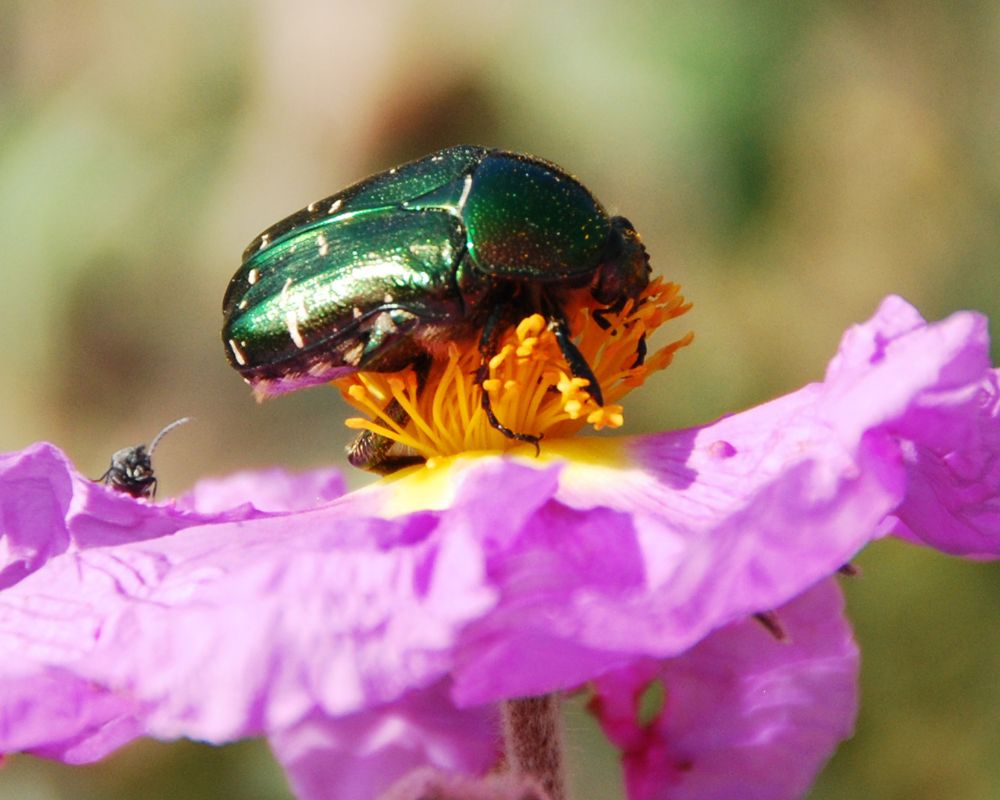
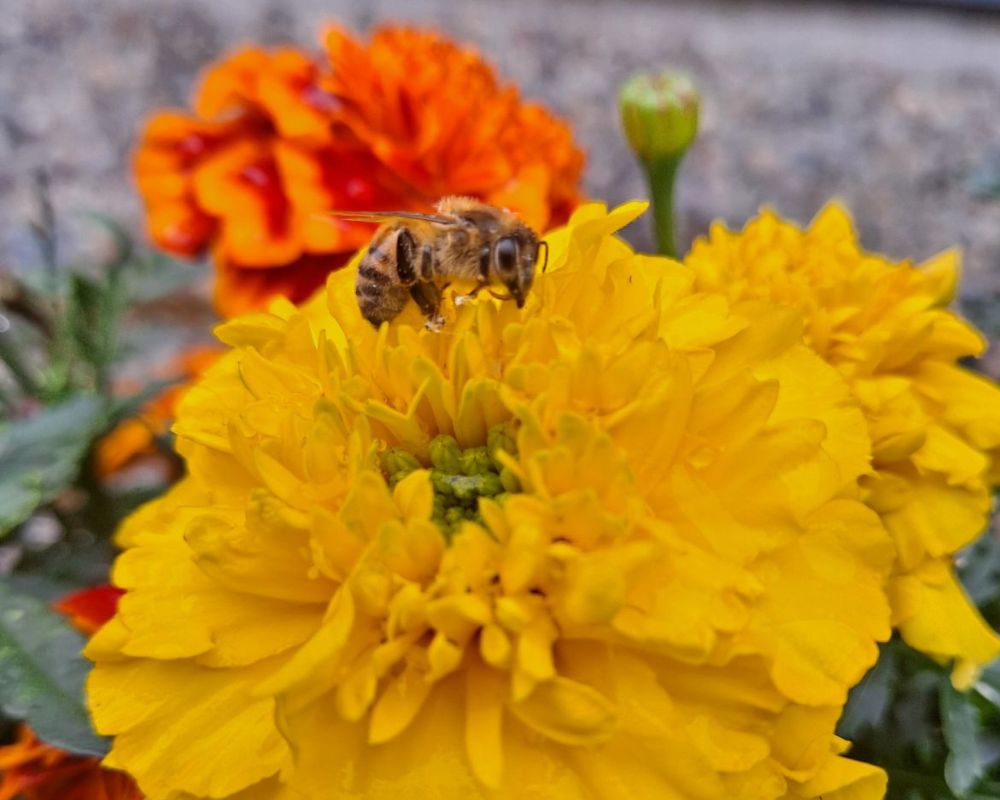
How to Protect Pollinator? Quick Guide for Growers
- Install wildflower strips, cover crops, or hedgerows along field borders
- Choose native flowering plants that bloom at different times of the season.
- Avoid spraying during bloom when pollinators are most active.
- Use integrated pest management (IPM) to minimize pesticide use overall.
- Select bee-safe products and apply them during times when pollinators are less active.
- Offer shallow water sources (like a dish with stones) for pollinators to safely land and drink.
- Keep irrigation ditches and small wetlands clean.
- Growing multiple crops or rotating flowering crops can support a wider range of pollinators.
- Diverse systems also improve soil health and reduce pest pressure.
- Partner with extension agents, conservation groups, or pollinator programs.
- Participate in pollinator habitat incentive programs or get assistance with habitat planning.
- Let your buyers and consumers know you’re pollinator-friendly.
- Include pollinator icons on signage or packaging and share photos of your habitat areas in social media and website.
How to Protect Pollinator? Quick Guide for Consumers
- You don’t need a lot of space to plant native flowers. A lot of varieties also grow great in containers.
- Leave patches of bare soil for ground-nesting bees, add bee hotels for cavity nesters, and include water sources like shallow dishes with stones.
- Buy from farms that use pollinator-friendly practices to encourage sustainable agriculture.
- Replace parts of your lawn with native plants or wildflower meadows to increase pollinator habitat.
- Share what you learn about pollinators with friends and family, and support policies that protect pollinator habitats.
- To protect pollinators, please don’t jump into Spring garden cleanup too soon. Before May, some pollinators will still be hiding out underground, waiting for the warmer days to arrive.

What’s Next? Explore Pollinators in Your State
How many native bee species live in your state? _____________________________
What are the most common pollinators in your local area? _____________________________
Are there any endangered or threatened pollinators near you? _____________________________
What native wildflowers or plants support pollinators where you live? _____________________________
What steps are you going to take to support pollinators? _____________________________
Send us your answers at info@equitablefood.org and we will share them in social media!
Shareable Resources
Social Media
Additional Resources
Pollinators of the USA map. Accessed via https://mapsbyscott.com/ on June 2, 2025.
For Pollinators’ Sakes, Don’t Spring into Garden Cleanup Too Soon! Xerces Society. Accessed via https://xerces.org/blog/dont-spring-into-garden-cleanup-too-soon on June 2, 2025.
¹About Pollinators. Pollinators Partnership. Accessed via https://www.pollinator.org/pollinators on June 2, 2025.
²The Role of Pollinator Protection in Conservation. U.S. Department of Agriculture. Accessed via https://www.fs.usda.gov/speeches/role-pollinator-protection-conservation on June 2, 2025.
Who Are the Pollinators? U.S. Department of Agriculture. Accessed via https://www.fs.usda.gov/managing-land/wildflowers/pollinators/who-are-the-pollinators on June 2, 2025.
Ten Ways to Save the Bees. The Bee Conservancy. Accessed via https://thebeeconservancy.org/10-ways-to-save-the-bees/ on June 3, 2025.
³Bee Pollination. U.S. Department of Agriculture. Accessed via https://www.fs.usda.gov/wildflowers/pollinators/animals/bees.shtml on June 2, 2025.
Threats to Pollinators. U.S. Fish and Wildlife Service. Accessed via https://www.fws.gov/initiative/pollinators/threats on June 3, 2025.

